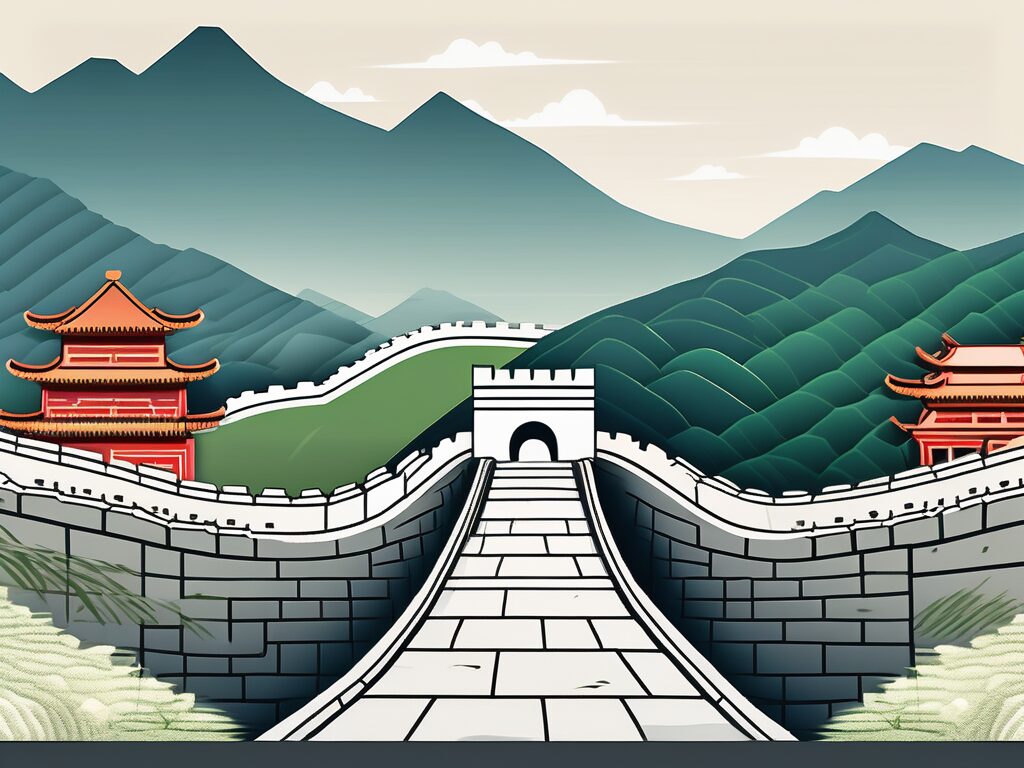Education, the cornerstone of societal development, is a topic of paramount importance in every corner of the globe. In China, a nation with a rich history and a rapidly evolving future, the subject of education is particularly pertinent. Despite the country’s impressive strides in various sectors, the education system continues to grapple with a number of challenges. This piece will delve into four major barriers that stand in the way of optimal educational progress in China.
1. Rural-Urban Education Gap
One of the most glaring issues in China’s education landscape is the stark disparity between rural and urban areas. This is akin to the rural-urban divide seen in many other countries, but the scale in China makes it a more pressing concern.
Urban areas, particularly the bustling metropolises of Beijing, Shanghai, and Guangzhou, are home to some of the country’s most prestigious schools. These institutions boast state-of-the-art facilities, highly qualified teachers, and a plethora of resources. In stark contrast, rural schools often suffer from a lack of basic amenities, underqualified teachers, and limited resources.
The Impact of the Hukou System
The Hukou system, a household registration policy in China, exacerbates this divide. It restricts rural students from attending urban schools, thereby limiting their access to quality education. This is somewhat similar to the postcode lottery in the UK, where the quality of education can be determined by one’s residential location.
As a result, rural students are often left behind, with their urban counterparts gaining a competitive edge. This gap in educational opportunities can have long-term implications, perpetuating the cycle of poverty and inequality.
2. High-Stakes Testing
China’s education system is heavily reliant on high-stakes testing, particularly the Gaokao – the national college entrance examination. The pressure associated with these exams is immense, often leading to high levels of stress among students.
While the Gaokao can be seen as a meritocratic tool that provides students from all backgrounds with a shot at prestigious universities, the reality is more complex. The intense focus on rote learning and memorisation often stifles creativity and critical thinking – skills that are increasingly important in the modern world.
Comparison with Western Education
Compared to Western education systems, which tend to place a greater emphasis on holistic development and soft skills, China’s high-stakes testing approach can seem overly rigid. This is not to say that one system is superior to the other, but rather to highlight the different challenges they face.
For instance, while Western students might struggle with standardised testing, Chinese students may find it difficult to adapt to environments that require creative problem-solving and independent thought.
3. Inequality in Educational Resources
Another significant challenge in China’s education system is the unequal distribution of educational resources. This issue is not confined to the rural-urban divide, but extends to disparities between different regions, provinces, and even within the same city.
For example, schools in affluent areas often have access to better facilities, more experienced teachers, and a wider range of extracurricular activities. On the other hand, schools in less privileged areas may struggle with overcrowded classrooms, outdated teaching materials, and a lack of funding for extracurricular programmes.
Efforts to Address the Inequality
Efforts have been made to address this inequality, such as the implementation of policies aimed at redistributing resources. However, these initiatives often face obstacles in the form of bureaucratic red tape and resistance from those who benefit from the status quo.
It’s a bit like trying to level the playing field in a game where the rules have been set for a long time. Change is possible, but it requires concerted effort and the willingness to challenge entrenched interests.
4. Lack of Special Education Resources
The final challenge we’ll explore is the lack of resources for special education. Children with disabilities often face significant obstacles in accessing quality education in China. This is due to a combination of factors, including societal stigma, insufficient funding, and a lack of trained special education teachers.
While strides have been made in recent years to improve the situation, there is still a long way to go. The issue of special education resources is not unique to China – it’s a challenge faced by many countries around the world. However, given China’s size and population, the scale of the issue is magnified.
Looking Ahead
Despite these challenges, it’s important to note that China’s education system has made remarkable progress over the past few decades. Literacy rates have soared, enrolment in primary education is nearly universal, and the country consistently ranks highly in international education assessments.
However, as this article has highlighted, there are still significant barriers that need to be addressed. By tackling these issues head-on, China can ensure that its education system continues to evolve and improve, paving the way for a brighter future for all its students.
Empower Your Teaching Career with IPGCE
As we navigate the complexities of China’s educational landscape, the need for qualified and adaptable educators has never been greater. IPGCE is dedicated to overcoming these barriers by providing a comprehensive International Postgraduate Certificate in Education. Whether you’re facing qualification challenges, seeking career progression, feeling professionally isolated, or striving to understand global education systems, IPGCE is your gateway to success. Enhance your credentials, connect with a global network, and achieve a work-study balance with our flexible online study options. Take the first step towards transforming your educational career and Join the UK’s #1 Teacher Training Course today.

